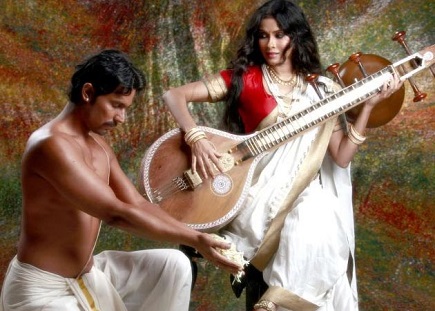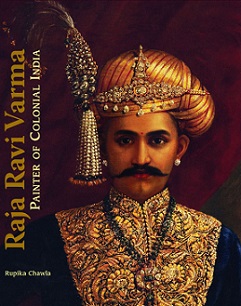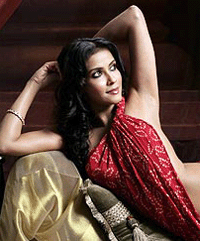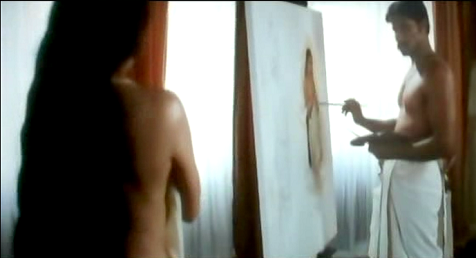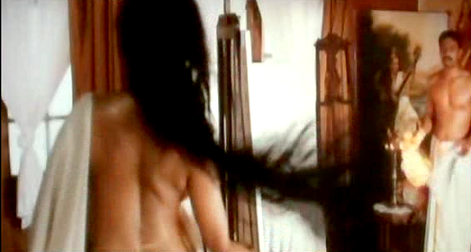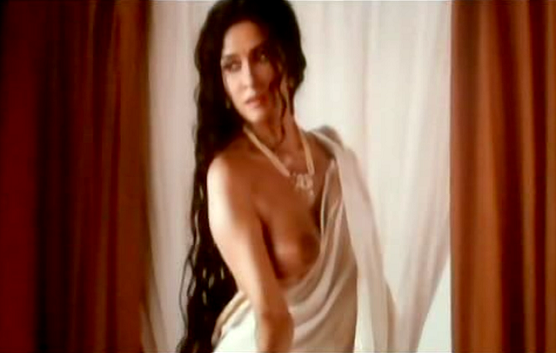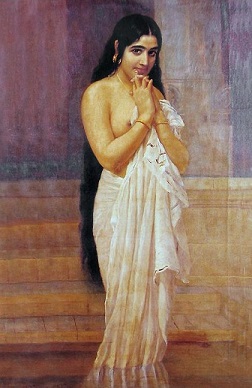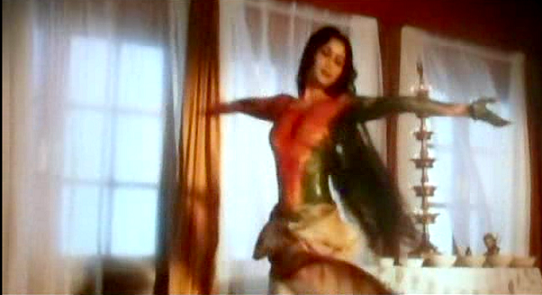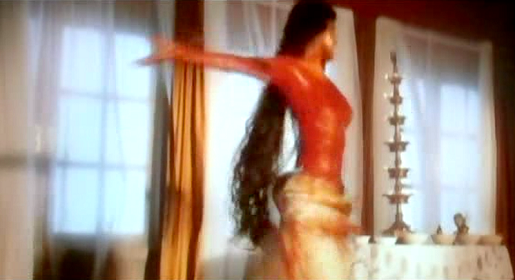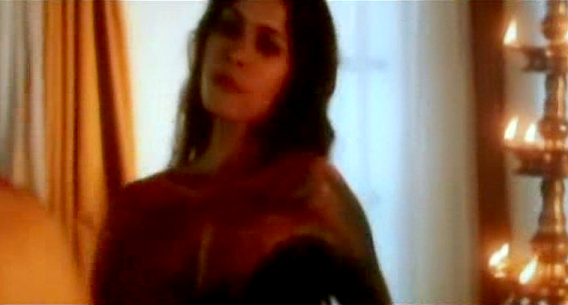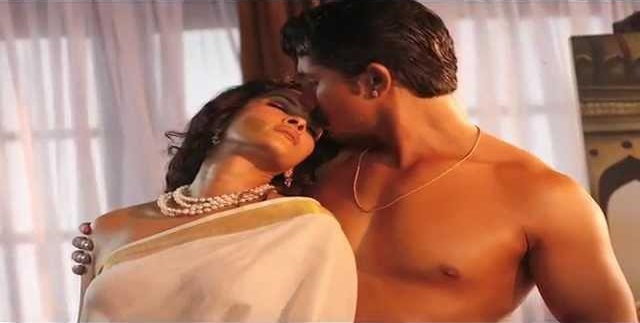Rang Rasiya (2008)
This is a collection of articles archived for the excellence of their content. |
Contents |
The sources of this page include
Priya Gupta, The Times of India <>The Times of India
Cast
Randeep Hooda
Nandana Sen
Rashaana Shah
Ashish Vidyarthi as Maharaja Ailyum Thirunal
Jim Boeven
Feryna Wazheir
Crew
Director
Ketan Mehta
Producers
Anand Mahendroo,
Ketan Mehta,
Deepa Sahi
Screenplay and dialogue
Sanjeev Dutta
Music
Sandesh Shandilya
Cinematography:
Christo Bakalov (director of photography);
Rali Raltschev
Based on the novel ‘Raja Ravi Varma’ by
Desai
The film
Rang Rasiya is a biopic based on based on Ranjit Desai's novel ‘Raja Ravi Varma.’
The film Rang Rasiya was completed in 2008. It was premiered at the Trivandrum Film Festival in 2009. However, it could not be released till 2014 because the makers of the film did not have the money needed to release the film.
Raja Ravi Varma, the artist
Priya Gupta, The Times of India reminds us that ‘Raja Ravi Varma was not just the father of modern [Western, Rennaissance-style] Indian art, but also India's most priced artist whose paintings would sell for as high as 30 crores. He had the vision to own his own printing press, so that he could distribute prints of his paintings to millions of ordinary Indians.
‘He made God accessible to the whole community of untouchables who, at that time, were not allowed into temples. While they could not enter temples, they could now own a Raja Ravi Varma print of their God and pray to them. He re-discovered our culture for us by painting the story of the Ramayana and Mahabharata that we know, he taught us how to wear the Indian sari, he gave us the faces of the Lakshmi and Saraswati we, over a billion Indians, pray to today, but most importantly, over a 100 years ago, he fought and stood for the freedom of expression.
‘Ravi Varma died in 1906.’
Raja Ravi Varma’s granddaughter objects
In 2014, Raja Ravi Varma’s granddaughter Indira Devi Kunjamma, who is based in Kerala, sent a legal notice to Ketan Mehta, asking him to stop the release of the film on the grounds that Ketan Mehta has portrayed Raja Ravi Varma in an 'erotic' and 'playboy' manner.
The notice further says that the film claims to be 'based on a true story' and that as seen from the trailer and the promos of the film, the intentions of the filmmaker is to lower the moral and intellectual character of Raja Ravi Varma.
Ketan confirmed having received the notice. While talking to Priya Gupta, The Times of India, he said, "The film is not a true story, but is based on the novel written by Ranjit Desai, titled Raja Ravi Varma over 25 years ago. While the novel was originally written in Marathi, it has been translated in several languages, including English and Malayalam. The film has been ready for over five years and has been showcased. The promos and trailer have been available for over five years. Obviously, receiving a legal notice a week before the release of the film has mala fide intentions … The man stood and fought for Freedom of Expression and won his case in the courts of India. I am saddened that his own descendants are objecting to what their own grandfather stood and fought for. The right to the freedom of expression."
The importance of the film
Rang Rasiya is the first biopic of an artist in Hindi-Urdu, and one of the first in any Indian language.
It was more important to take the story of Raja Ravi Varma to the Indian masses than the story of any other artist or sports hero because:
Milkha Singh has made two generations of Indians proud. He is a household name. Mary Kom is a household name and a source of pride for the present generation. Both deserved their biopics (Bhaag Milkha, Bhaag and Mary Kom, the film) very richly. However, Raja Ravi Varma has reached every sanatani Hindu home for five generations.
People think of Milkha Singh and Mary Kom whenever they think of Indian sporting icons, which is once in a while. Almost every believing sanatani Hindu has bowed before Raja Ravi Varma’s paintings at least once in a lifetime; many do so once every day.
MF Hussain, Ara, Raza, Souza, Gaitonde and Anjolie Ela Menon are the greatest artists of India. However, most of them have touched the lives of only the Indian elite. Raja Ravi Varma’s reach has been as big as all of them (and the next hundred top artists of India [minus Sobha Singh]) put together.
And then, indeed, Raja Ravi Varma was the man who brought western-style realism to India.
Therefore, too, this is a story that needs to reach every Indian.
And, therefore, it is a pity that this very well-made film, with an entertaining story and superb photography, flopped at the box office. It still needs to be taken to Indian households, maybe through television—even if minus its two topless sequences.
Its sub-themes
Apart from Raja Ravi Varma and his art, the film entertainingly tells the nation things most Indians need to know but do not:
The vision and contribution of the Maharaja of Baroda
The Travancore royal family, especially Maharaja Ailyum Thirunal
The matrilineal system in parts of Kerala (breezily brought home in one sentence)
Kerala’s contribution to modern Indian culture
Raja Ravi Varma’s association with Dadasaheb Phalke
And, above all, for a nation that does not know art at all, the film makes it (and the story of the printing of artworks) accessible.
The film’s photography
As can be seen from the photographs of Saraswati, the celebrated painting and of A Lady Fresh From Her Bath, a painting created by Ravi Varma in 1892, and their enactment in Ketan Mehta’s Rang Rasiya (2008), the film has succeeded in capturing the soul of Varma’s paintings through superb photography.
The Times of India informs us that directorKetan Mehta ‘was certain he wanted Bulgarian DOP (director of photography) Rali Raltchev for this film.
‘However, the problem was that Rali spoke only Bulgarian-German, and a normal translator would not be of much help, as most of the communication was technical. So Deepa Sahi, who's producing the film in association with Aanand Mahendroo, came up with the idea of hiring another cinematographer along with Rali — someone who could speak Bulgarian as well as English. So, they roped in Rali's friend, Christo Bakalov, a DOP based in New York. And that is how Rang Rasiya ended up with two international DOPs.’
